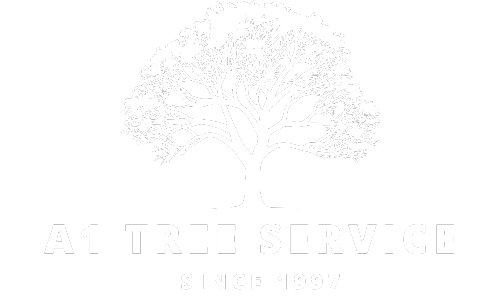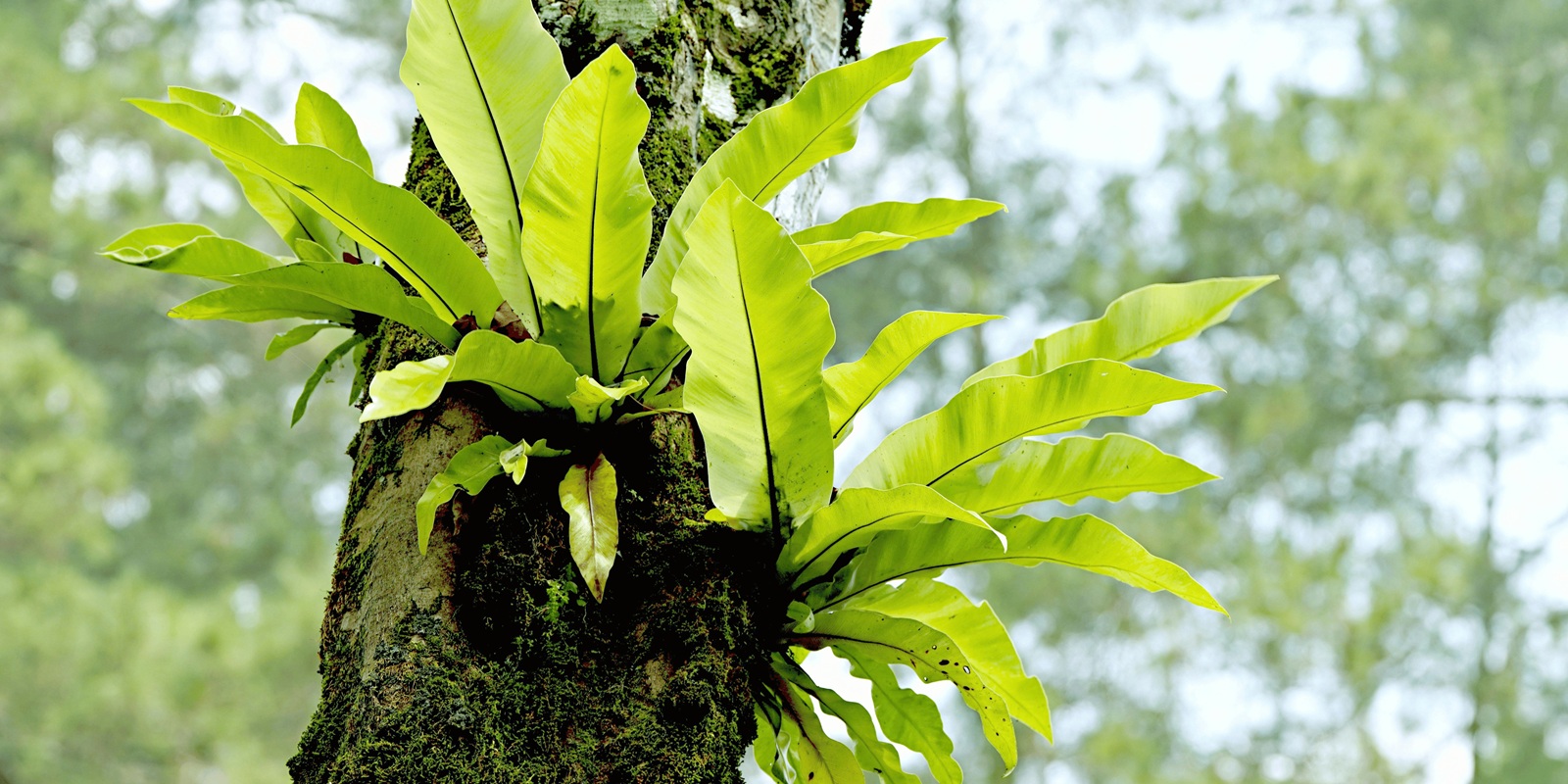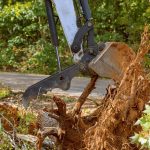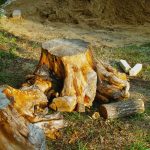It is not rare to find moss growing on trees in most regions of the United States, particularly in humid and dark areas. Although moss is in itself not normally dangerous to healthy trees, it may not be aesthetic in appearance. When you have found moss on your trees, and would like to remove it quickly and in the safest way, this guide will provide everything you need to know.
What Is Moss, and Why Does it grow on Trees?
It is always good to know what moss is and the reason why it grows on trees, before rushing into the removal techniques.
- Moss is a small plant which is not vascular, and grows in wet and shady environments.
- It does not have roots but attaches itself to surfaces by means of tiny structures called rhizoids.
- Trees are the ideal moss habitat, particularly in cases where the bark is coarse or the surrounding area is always wet.
- Moss does not consume the tree or cause it harm directly but a dense moss cover may trap the moisture on the bark, which may result in other issues.
Is Moss Harmful to Trees?
In most instances, moss does not cause harm. Here is what you need to know:
- Usually Harmless: Moss does not enter into the bark or feed on nutrients.
- Possible Problems: Moss might be excessive, and this will retain moisture, leading to fungus or rotting of the bark
- Senescence and Disease of Trees: For trees that are already weak or diseased, moss might cause the tree to be susceptible to moss-related problems
When you have a healthy tree and little moss, then you do not always need to remove it. However, when moss is heavy or your tree is in distress, then it is worth doing something about it.
How to Get Rid of Moss on Trees: Instructional Guide
Eliminating moss may make your tree look better and minimize the chances of the accumulation of moisture. These are the safe and effective ways of removing moss on tree trunks and branches.
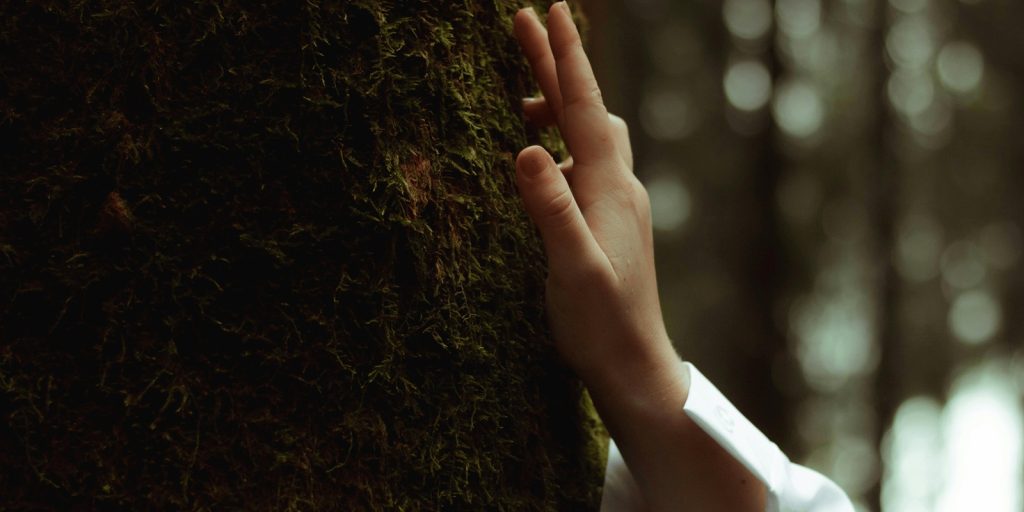
Manual Removal
Moss can be removed by hand, using soft tools; this is the simplest method.
Tools You’ll Need:
- Soft-bristled brush or broom
- Plastic scraper or putty knife (do not use a metal one so as to not to hurt the bark)
- Gloves (not mandatory; to be used as protection)
Steps:
- Sweep the Moss: Take a soft bristled brush and push the moss away on the tree. Brush sparingly so that you do not harm the bark.
- Scrape Stubborn Moss: If some areas are harder to remove the moss, then use the plastic scraper.
- Remove the Moss: Rake the moss and remove it off the tree to avoid future growth.
Note: Do not use wire brushes or any abrasive equipment as these may cut the bark of the tree and expose it to pests and diseases.
Clear Shrubs Around the House
Moss grows in a shady and damp environment. Enhancing sunlight and air circulation around the tree is also a way of reducing the growth of moss in a natural way.
Steps:
- Prune protruding branches or bushes around the area that inhibits sunlight.
- Remove fallen leaves on the trunk of the tree.
- Ensure that plant spacing around the tree is done to enhance air movement.
An increase in sunlight and air circulation dries the bark and prevents the moss from growing.
Use a Mild Cleaning Solution
On more tenacious moss, you may use a mild natural cleaning solution.
Safe Solutions:
- Water vinegar mix: Add 1 part water with 3 parts vinegar
- Water and baking soda: Add 2 tablespoons of baking soda to one gallon of water and dissolve it
- Water and mild dish soap: To a gallon of water, add several drops of mild dish soap
How to Apply:
- Spray or lightly sponge the solution on the mossy areas.
- Let it sit for 10 to 15 minutes.
- Wipe the moss off with a soft brush.
- Rinse with clean water.
Note: It is important to apply the solution on a small area of the tree before applying it to the entire tree to check to see if it will cause damage to the bark first.
Avoid Harmful Chemicals
Do not use harsh moss killers, bleach, or herbicides on trees.
These Chemicals Can:
- Damage the tree’s bark
- Kill useful insects and animals
- Pollute the land and surrounding vegetation
It is best to use natural and mild techniques to achieve the best outcomes and remain eco-friendly.
Trees: Prevention of Moss Growth
After cleaning moss off, you can save yourself the trouble in the future by taking measures that will ensure it does not reoccur.
Enhance Light and Ventilation
As stated above, it makes a big difference to have more sunlight and air going around your trees.
Maintain Tree Health
Moss does not develop on healthy trees.
Make Sure to:
- Water properly (deep and infrequent watering)
- Plant depending on your species of tree
- Check for pests and diseases frequently
Regular Inspections
Prune your trees regularly, particularly during spring and fall when moss has the best chance of growth. Small patches that are removed early are easier to remove compared to thick moss layers.
When to Call a Professional
When you have big trees or thick moss growth then you should call on an arborist or tree-cutting pro.
Professionals can:
- Ensure that removal of moss will not harm the tree
- Assess overall tree health
- Suggest long-term care and treatments
Be aware and consult a professional if the tree exhibits signs such as:
- Dead branches
- Bark peeling
- Fungal growth
